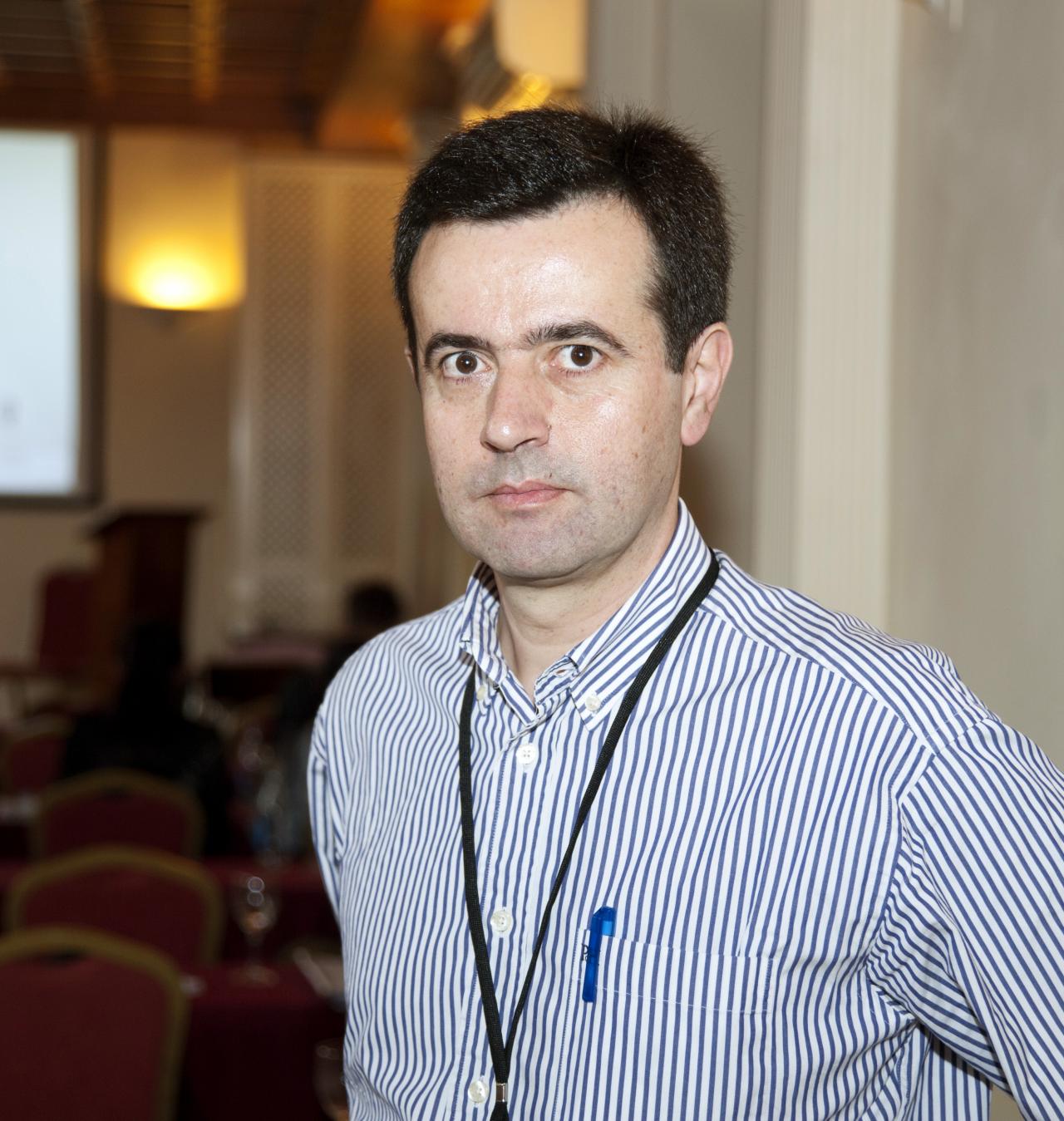Mario Joao Monteiro is a theorist of the highest order. An expert in solar and stellar modelling, his current scientific interests are centred on the seismic analysis of the internal structure and evolution of solar-type stars. He aims to determine the fundamental stellar parameters necessary for a better understanding of how stars evolve from the pre-main sequence to the most advanced evolutionary stages. Since 2006 he has been the Director of the Centro de Astrofísica da Universidade do Porto (CAUP). He plays a distinguished part in the Kepler mission, in charge of the modelling of solar-type stars.
Can we use seismology to detect changes in the structure of a star as it evolves?
Asteroseismology is indeed the most precise tool we have to measure changes that each star undergoes as it ages. All stars change their size and inner structure as they evolve, mainly due to the need to produce energy that burns their fuel, changing the composition in the interior. When that happens the waves that cross the star are changed in a significant way, allowing us to see through Asteroseismology the differences between stars of different ages and in different phases of their evolution. The precision we now achieve with Asteroseismology is far better than any other method that could be used to measure the small differences in size or temperature of the surface due to ageing.
How does the rotation of a star affect its structure and that of the planetary system around it?
Rotation in some stars can introduce major changes in the internal structure. These are what we call fast rotators, stars very difficult to model. In most stars, however, rotation is more moderate and the changes are more subtle, but still very important in the effect it has on the evolution of the star. Due to the formation mechanism and evolution of planetary systems, the rotation of the star and the planets around it are linked. Asteroseismology can help us to understand the role that rotation can play in the evolution of these planetary systems, by given us a detailed description on how rotation behaves inside the stars at the centre of the systems. We still have much to learn about the role and behaviour of rotation in stars and their planetary systems. Asteroseismology holds our best hopes that we may come to understand and model better in the near future the role of rotation in stellar evolution and activity.
What are the implications of recent observations by Kepler for models of stellar evolution? In addition to Asteroseismology, what other techniques can be used to refine models of stellar evolution?
Helioseismology was behind a major step forward on improving the models of the Sun, supporting over the last decades a major advancement in this field. However the Sun is only one small star at a specific age. In order to really address several of our difficulties and shortcomings in modelling stellar evolution we really need to have laboratories (stars!) with a wide range of configurations. Kepler and CoRoT, together with ground based observations, are providing us those critical data on stars across the full range of stellar parameters and configurations. Those results will provide the basis for a new revolution in stellar modelling. Asteroseismology together with other important techniques, as spectroscopy and interferometry, are the fundamental sources of high quality data on stars that we need for comparing, testing, and eventually to improve the models of stellar evolution.
Stellar convection is problematic both theoretically and observationally. Is Asteroseismology so powerful observationally that it will drive the development of better theories?
Indeed, understanding and modelling convection has been a long standing issue in stellar physics. It remains a key topic of research after more than 60 years of efforts by many researchers. The reason being that it is an extremely complex phenomena, mathematically very hard to represent and impossible to reproduce in the laboratory because of the stellar conditions. Computers have provided in the last decades a major breakthrough in the study of stellar convection, but those results are insufficient unless we can use the stars to guide us and to validate our improvements. Asteroseismology can indeed complement numerical simulations and laboratory experiments by offering a unique opportunity to compare in detail what stars do, with our models and simulations of convection. Hopefully that will allow astronomers to consolidate a new generation of models of stars that will incorporate a more physically realistic representation of convection. It is a key ingredient in defining the structure of the stars due to the role it has in transporting energy in the interior.
After HELAS what is on the agenda for Asteroseismology in Europe? What did HELAS achieve?
Europe has several groups in different countries and institutes working on Asteroseismology and related topics. Together, these groups form an important pool of experts that by working together have been able to contribute significantly to the understanding of stellar physics. HELAS was a key project funded by the European Commission that allowed the community to work together and achieve a level of cooperation otherwise difficult or impossible to reach. Due to some important projects, where the European community is involved, like CoRoT and Kepler, Europe has established itself as the leader in many aspects of Asteroseismology and associated fields. Cooperation was a key element and we hope it can be extend into the future.
We hope we can build on what has been achieved so far. Key projects, like PLATO (ESA), may provide a road-map for the future, where cooperation across Europe must be a priority, complemented by cooperation with our colleagues outside Europe. In this way we hope to contribute significantly to stellar astrophysics, including also astronomy in associated fields, most notably exoplanets, star and planet formation, heliophysics, astrobiology, to quote a few. The continuous support for cooperation and funding of joint efforts is an important requirement for the development and success of Asteroseismology in Europe.
XXII Canary Islands Winter School of Astrophysics
Annia Domènech

